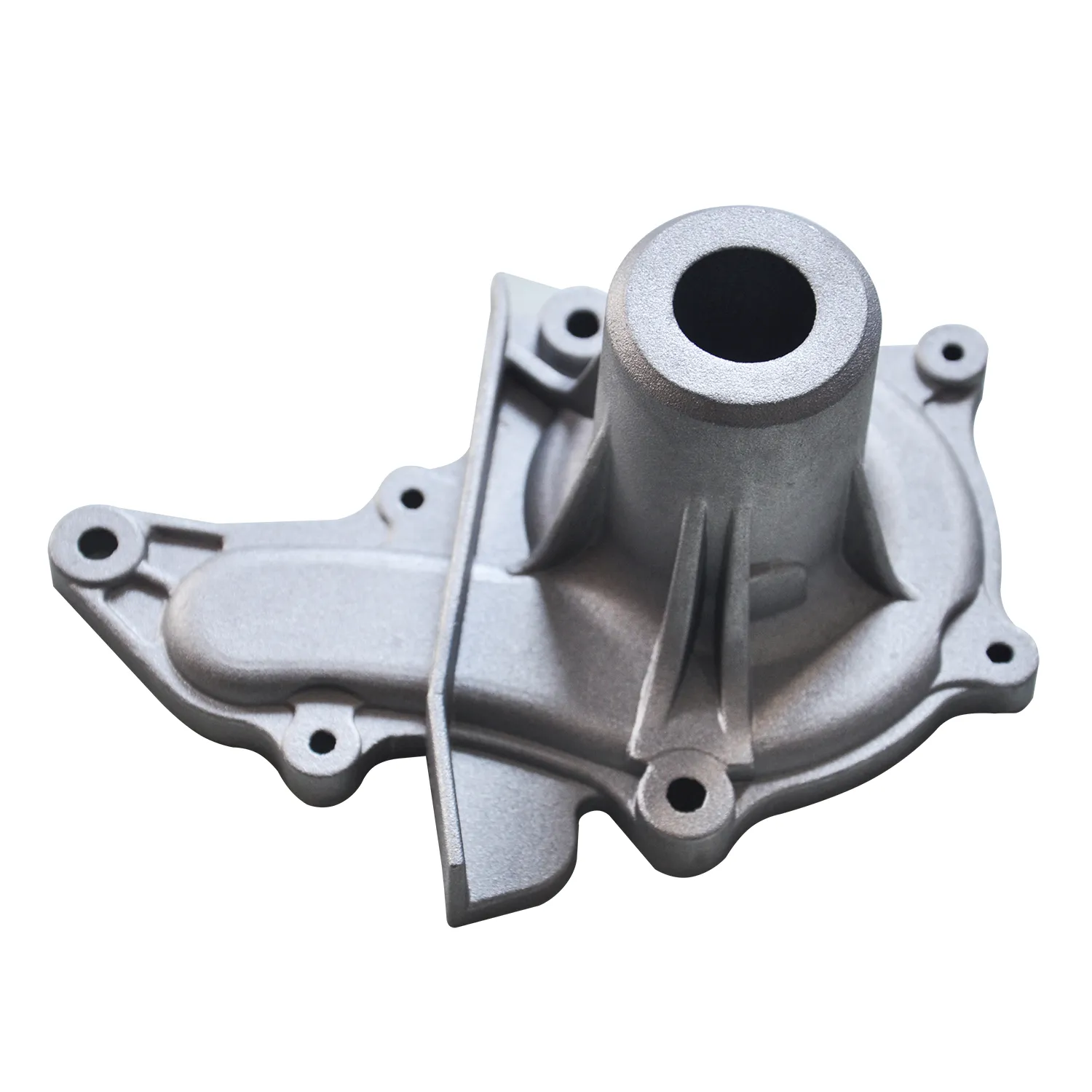Mobile:+86-311-808-126-83
Email:info@ydcastings.com
Optimizing Dispersion Efficiency in Impeller Design for Enhanced Mixing Performance in Production Systems
Understanding Dispersion and the Role of Impellers
Dispersion is a crucial process in various industrial applications, particularly in the formulation of products across different sectors such as pharmaceuticals, food and beverage, cosmetics, and materials science. The goal of dispersion is to evenly distribute particles within a medium, ensuring consistency in texture, appearance, and functionality. Central to achieving effective dispersion are impellers, which are mechanical devices designed to agitate and mix materials.
Understanding Dispersion and the Role of Impellers
One of the primary benefits of using impellers for dispersion is their ability to generate high shear forces. High shear mixing is essential for breaking down agglomerates and distributing solid particles uniformly throughout a liquid. This is particularly important in industries like pharmaceuticals, where active ingredients must be evenly suspended to ensure consistent dosing and efficacy. In the food industry, uniform dispersion of ingredients can influence the final product’s taste, texture, and quality.
dispersion impeller

There are various types of impellers, each tailored to specific applications. For instance, turbine impellers are designed with multiple blades that create a whirling motion in the liquid, enhancing mixing and ensuring effective particle dispersion. Similarly, paddle impellers, with wider blades, are ideal for stirring more viscous fluids while ensuring a gentle mixing action. In contrast, high-shear mixers are equipped with specialized impellers that can rapidly break down particles to achieve a fine dispersion within short processing times.
The choice of impeller depends not only on the material being processed but also on the desired outcome. Understanding the relationship between the impeller design and the physical properties of the materials can help engineers optimize the dispersion process. Factors such as liquid viscosity, particle size, and density must be considered to select the appropriate impeller type and configuration.
Another crucial aspect of dispersion using impellers is the understanding of flow patterns and turbulence. Effective mixing occurs only when the impeller generates sufficient energy to overcome the inertia of the fluid. This involves understanding the interplay between laminar and turbulent flow regimes. In turbulent flow, the fluid exhibits chaotic behavior, which is favorable for dispersion, as it allows for better interaction between the particles and the dispersing medium.
In conclusion, dispersion is an essential process in many industries, and impellers play a vital role in facilitating efficient mixing. By understanding the different types of impellers and their associated flow dynamics, engineers and operators can enhance product quality, optimize processing times, and achieve consistent results. As industries continue to evolve and demand more complex formulations, the role of advanced impeller designs will be pivotal in driving innovation in dispersion technology. Ultimately, the right impeller combined with optimized processes can lead to significant improvements in product performance and reliability across various applications.
-
Understanding Metal Casting TechniquesNewsApr.02,2025
-
Understanding Exhaust Manifolds for Enhanced Engine PerformanceNewsApr.02,2025
-
The World of Metal FabricationNewsApr.02,2025
-
Key Components for Pump and Turbo EfficiencyNewsApr.02,2025
-
Essential Tools for Automotive Maintenance and RepairNewsApr.02,2025
-
Durable Valve Components for Effective Water ManagementNewsApr.02,2025











